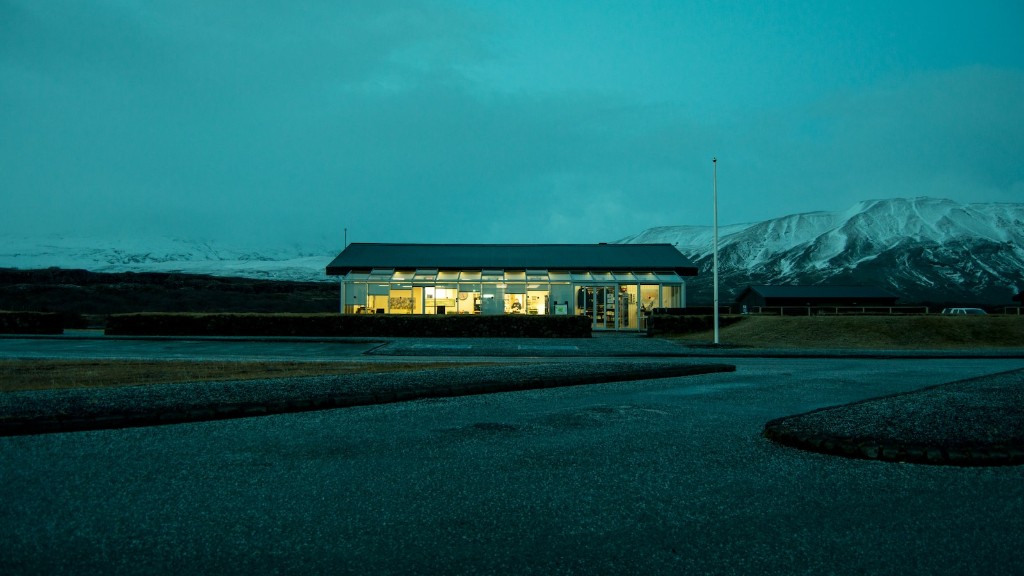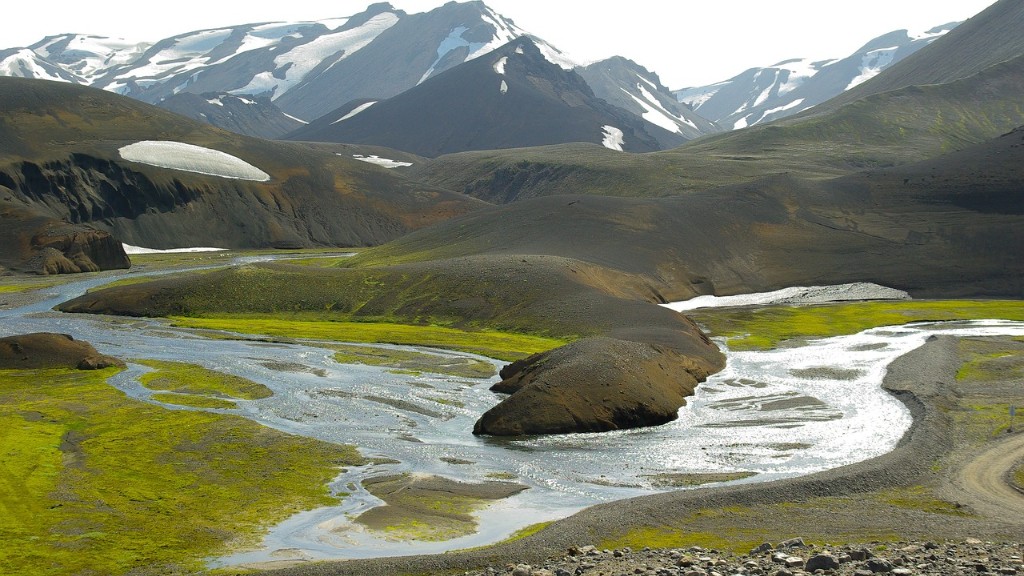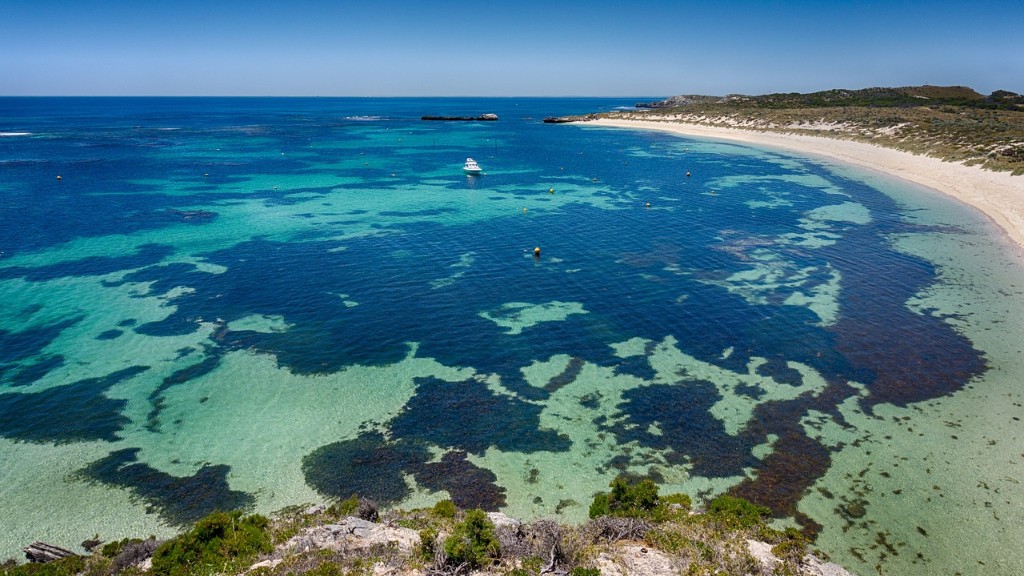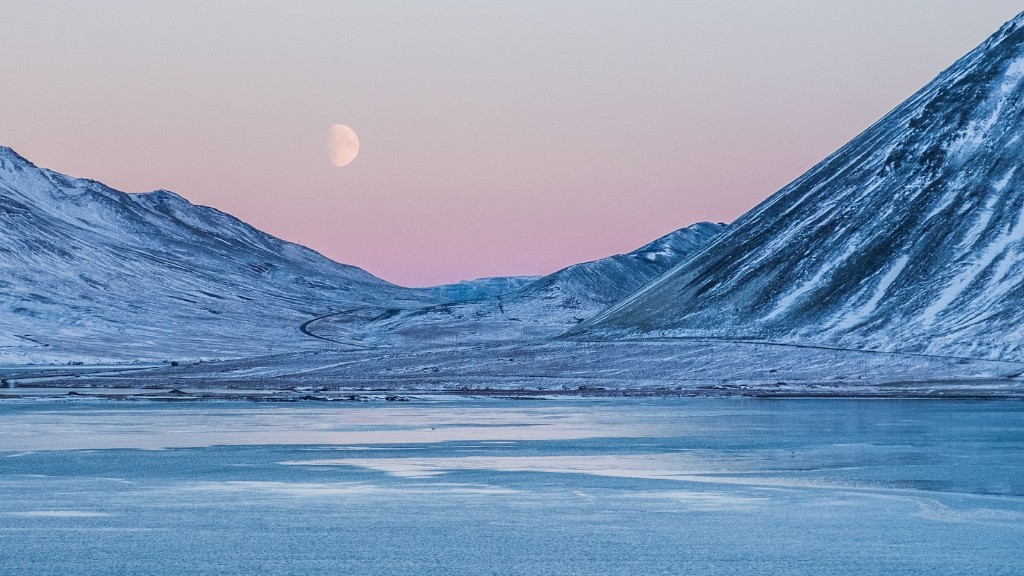Donde Queda Reykjavik, Iceland?
Reykjavik, the capital of Iceland, is located on the southwestern coast of the country. Situated between the Atlantic Ocean and the volcanic mountains, this fascinating city offers a unique blend of natural beauty and urban charm. With its rich culture, vibrant arts scene, and breathtaking landscapes, Reykjavik has become a popular destination for travelers from around the world.
Background Information
Reykjavik was founded in the 9th century by Norsemen, making it one of the oldest cities in Northern Europe. The city’s name translates to “smoky bay,” referring to the steam that rises from the many hot springs in the area. These hot springs not only provide a source of natural warmth for the city’s residents but also contribute to the city’s geothermal energy production.
With a population of approximately 130,000, Reykjavik may not be the largest capital city in the world, but it is certainly one of the most unique. Its small size lends the city a sense of intimacy, and visitors can easily explore its many attractions on foot. The city is known for its stunning architecture, with colorful buildings lining the streets and a skyline dominated by the iconic Hallgrímskirkja Church.
Relevant Data
Reykjavik is situated at 64°08′ N latitude and 21°56′ W longitude. It is the northernmost capital city in the world and sits just outside the Arctic Circle. Due to its high latitude, the city experiences long summer days with almost 24 hours of daylight and short winter days with only a few hours of sunlight. This unique phenomenon, known as the Midnight Sun, attracts many tourists during the summer months.
In terms of weather, Reykjavik has a temperate maritime climate, with cool summers and mild winters. The average temperature ranges from 25°F (-4°C) in winter to 55°F (13°C) in summer. However, due to its proximity to the North Atlantic Ocean, the weather can be unpredictable, and visitors are advised to dress in layers and be prepared for sudden changes.
Perspectives from Experts
According to Dr. Anna Jónsdóttir, a geologist at the University of Iceland, Reykjavik’s location is a result of its geological history. “The city is situated in the Reykjanes volcanic system, which is an active volcanic region,” she explains. “This geological activity not only provides a source of geothermal energy but also contributes to the country’s unique landscapes, including hot springs, geysers, and lava fields.”
Dr. Björn Ómarsson, an anthropologist who has studied Icelandic culture extensively, believes that Reykjavik’s location has played a significant role in shaping its identity. “The city’s proximity to both the ocean and the mountains has influenced the lifestyle and culture of its residents,” he says. “Outdoor activities such as hiking, fishing, and whale-watching are an integral part of the local culture, and the city’s thriving arts scene reflects the beauty and mystique of the Icelandic landscape.”
Insights and Analysis
Reykjavik’s location as the northernmost capital city in the world has both advantages and challenges. On one hand, its unique geographical position allows for breathtaking natural phenomena, such as the Northern Lights and the Midnight Sun. These attractions draw tourists from all over the globe, contributing to the city’s economy and cultural diversity.
On the other hand, the city’s high latitude brings with it long, dark winters and relatively short summers. This can have an impact on the mental well-being of the city’s residents, as well as pose challenges for certain industries, such as agriculture and outdoor tourism. However, Reykjavik has embraced its unique climate and turned it into an opportunity by focusing on geothermal energy production and promoting indoor cultural activities during the winter months.
Other Notable Locations in Iceland
1. The Blue Lagoon: Located just outside of Reykjavik, the Blue Lagoon is a geothermal spa known for its mineral-rich waters and scenic surroundings. Visitors can relax in the warm, milky-blue waters while enjoying stunning views of the volcanic landscape.
2. The Golden Circle: A popular tourist route that includes three major attractions: the Þingvellir National Park, the Geysir geothermal area, and the Gullfoss waterfall. This route showcases some of Iceland’s most iconic natural wonders and is easily accessible from Reykjavik.
3. Vatnajökull National Park: Located in southeast Iceland, this national park is home to Europe’s largest glacier and offers a range of outdoor activities, including glacier hiking and ice cave exploration. It is a must-visit destination for adventure enthusiasts.
4. The Westfjords: This remote and rugged region in northwest Iceland is known for its dramatic fjords, towering cliffs, and untouched wilderness. It is a paradise for nature lovers, offering opportunities for hiking, bird watching, and even spotting seals and whales along the coast.



